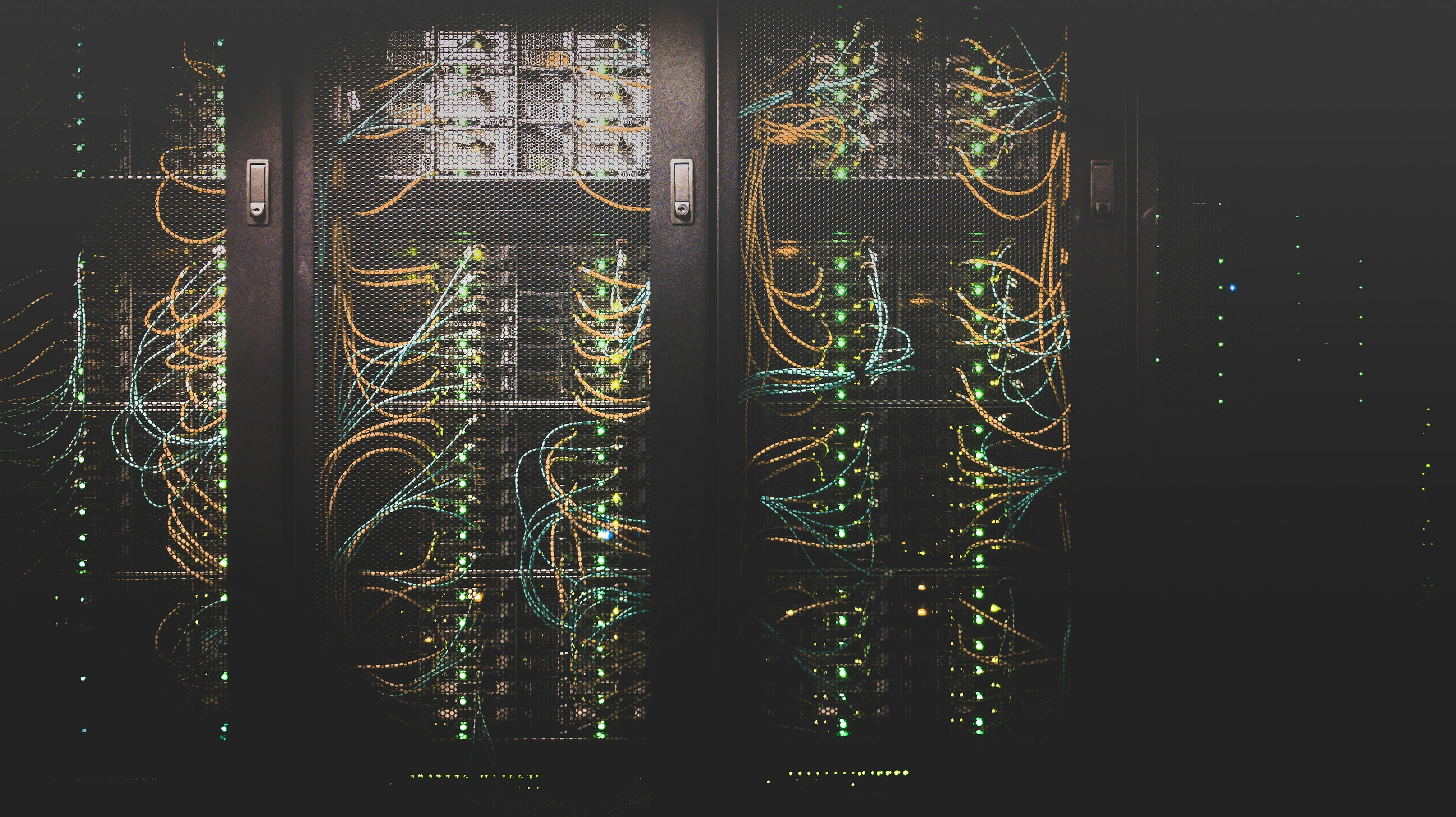Generative artificial intelligence (AI) tools like ChatGPT, DALL-E and Claude are revolutionising how businesses operate across almost every industry. These powerful AI models are unlocking new efficiencies and productivity gains by automating tasks, enhancing creativity and augmenting human capabilities.
However, the immense promise of generative AI is being overshadowed by growing concerns about the staggering amount of energy required to power these AI systems.
It’s difficult to pinpoint exact figures for the energy use of AI, but one peer-reviewed study suggests that, at current growth rates, AI could consume the same amount of energy required to power entire countries. Alex de Vries, a PhD candidate at Vrije Universiteit in Amsterdam, estimates that by 2027 global AI-related electricity consumption could increase by 85TWh to 134TWh annually. At that level of growth, AI would use as much energy as countries like the Netherlands, Argentina and Sweden.
What does this mean for marketing and communications leaders?
For technology and energy companies looking to establish themselves as sustainability leaders, the intense energy demands of generative AI pose a serious messaging challenge. Organisations have been working diligently to reduce emissions across their operations and value chains. But one of their most promising new technologies threatens to undermine that progress by ballooning their Scope-3 emissions. These emissions occur downstream in the value chain and include supplier-delivered services like AI and cloud computing.
So how can companies continue embracing the frontier of generative AI while staying true to their environmental commitments? Here are three key messaging strategies:
Be transparent about the trade-offs
Companies need to openly acknowledge the sizable carbon footprint of today's generative AI technologies. Being upfront about the tradeoffs between business innovation and environmental impact will build trust with stakeholders. Quantify the expected emissions from AI initiatives and offset them as aggressively as possible.
Highlight efficiency gains
While generative AI has a large upfront energy cost, the efficiency and productivity enhancements it enables can lead to substantial emissions reduction over time. Clearly articulate to stakeholders how AI will be employed to streamline operations, reduce system redundancies, and minimise energy usage and waste across the entire value chain.
Double down on sustainability investments
Companies must pair emission-intensive AI efforts with increased investments in renewable energy, carbon capture, energy efficiency projects and sustainable business practices. Benchmark progress with transparent supporting data and ensure net emissions across the organisation continue trending downwards each year, despite AI's added footprint.
Seek out the support of trusted messaging advisors
Navigating the tensions between transformative new technologies and environmental stewardship is no easy feat. By leaning into transparent communication, highlighting efficiency gains, and intensifying sustainability efforts, companies can continue to be climate leaders while capitalising on generative AI's immense potential.
Those able to strike this balance will earn a crucial reputational advantage in the court of public opinion and with increasingly eco-conscious investors, customers and employees. However, getting the messaging strategy right requires the guidance of experienced communications professionals.
Content marketing experts can position companies as true sustainability leaders, tackling emerging technological and environmental challenges head-on. They have the insights and capabilities to shape authentic narratives that resonate with stakeholders across multiple channels and geographies.
As the line between physical and digital technologies continues to blur, adept message management will be a key determinant of success in the AI era. Companies would be wise to seek out trusted content marketing partners to navigate this pivotal inflection point responsibly.
Transparency notice:
This article was produced by a journalist with more than 30 years’ experience in news and content marketing. The writer used Large Language AI models for research and outline drafting. The final article has been subject to rigorous editorial review by human experts.
Author: Simon Torkington

